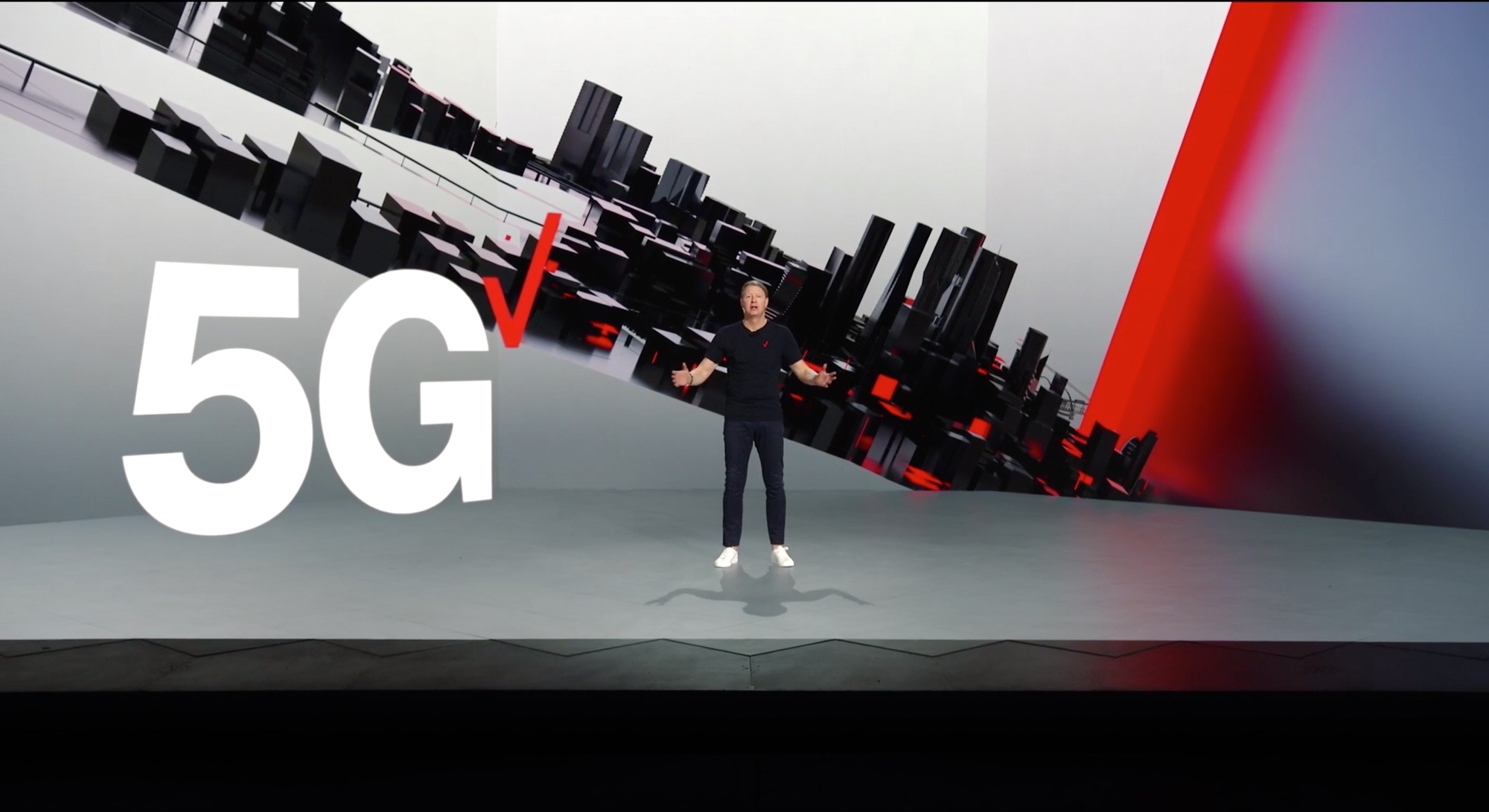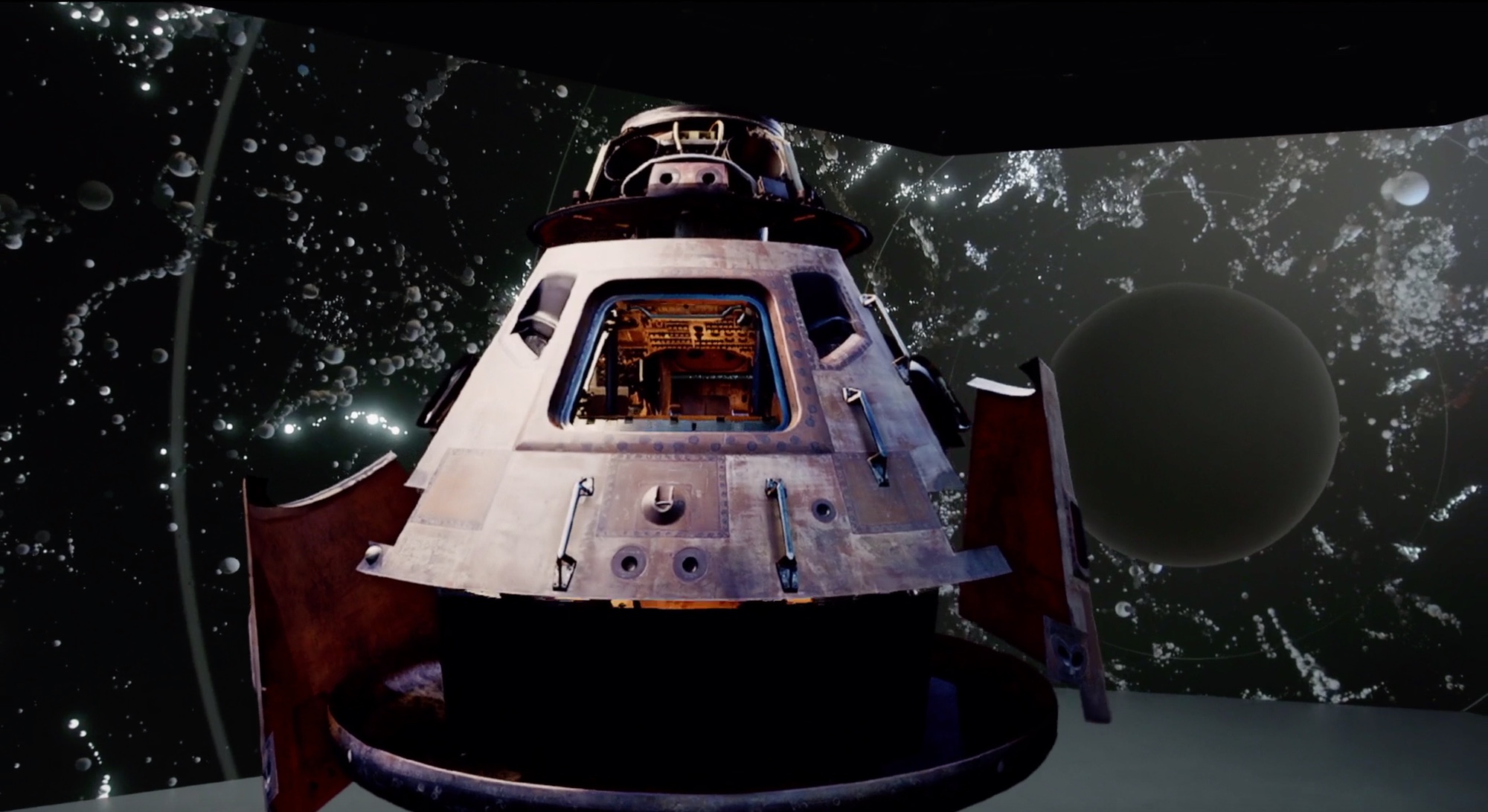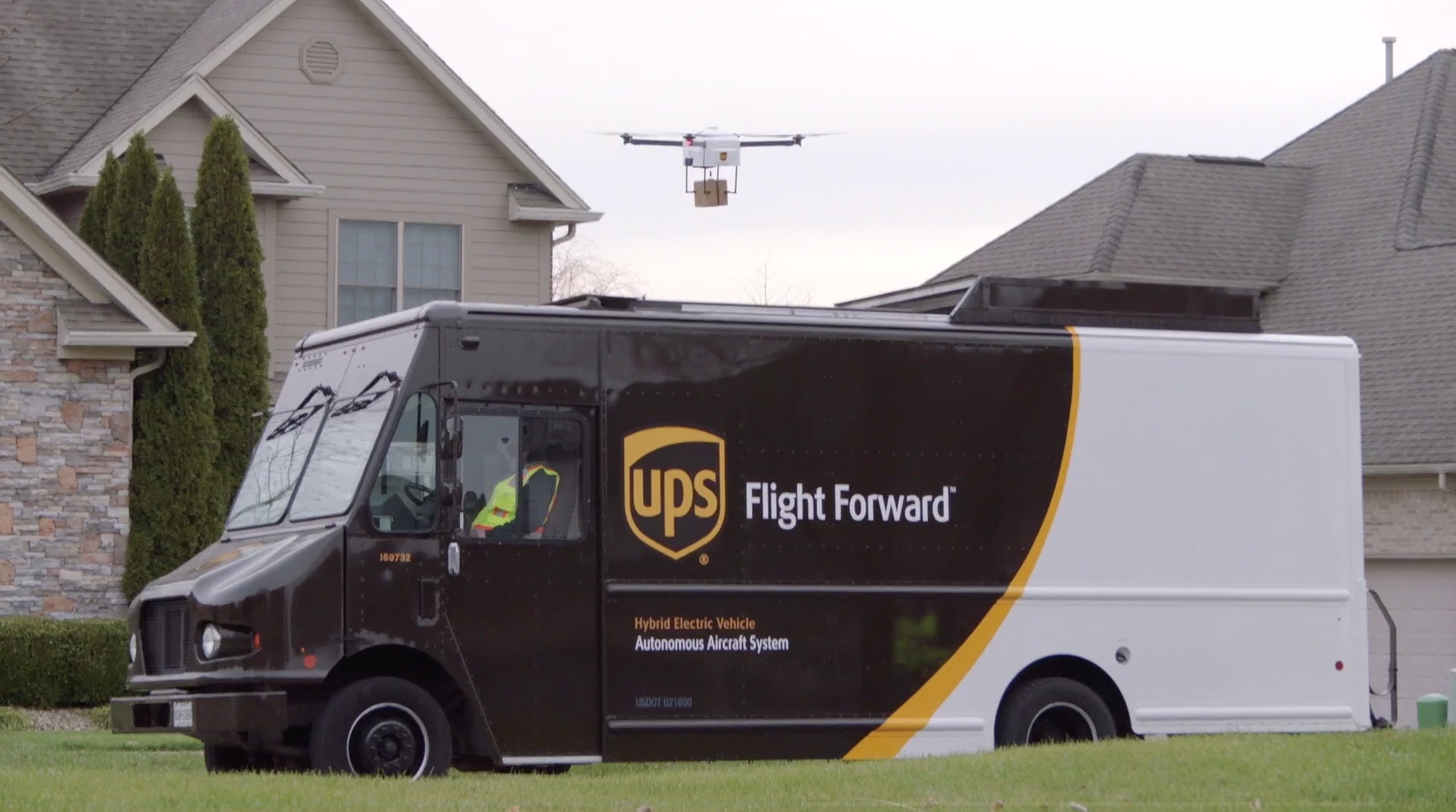Verizon's 5G message: Better experiences are coming, even when we're stuck at home
5G will power mobile learning, drone delivery, Verizon CEO tells CES attendees

Verizon came to CES 2021 to tout the merits of 5G in general and its 5G network in particular. Though, if you tuned in to CEO Hans Vestberg's presentation this week, you could be forgiven if you thought you were seeing a replay of his 2019 talk.
To be fair, back then, Verizon hadn't even launched 5G wireless service for its customers. These days, Verizon 5G has nationwide reach. But the essential message of Verizon's CES talk is the same now as it was then, save for a few verb tense changes — 5G is a transformative technology that will bring new experience into our everyday lives.
- Best 5G phones
- When is 5G coming to you? The definitive guide
- Plus: Kyocera's new DuraForce Ultra 5G laughs in the face of drops
Smartphone owners who've experienced 5G can be forgiven if they feel like they've heard all this before with little tangible proof of it actually happening. It's true that Verizon's 5G network is capable of delivering fast speeds — 4 Gbps under ideal conditions, according to Vestberg, and certainly faster than 1 Gbps if you're around one of Verizon's mmWave-based towers.
The trouble is, those towers are only in select parts of 59 cities right now. And because of the nature of mmWave signals, these waves don't travel very far, nor does it penetrate physical obstructions like walls and windows. — Generally, you have to be outside and in sight of a tower to really enjoy those fast speeds. With the vast majority of us sheltering in place since the coronavirus pandemic began, we're unlikely to encounter mmWave towers very often.
Verizon did launch nationwide 5G coverage at the same time the iPhone 12 launched in the fall. It uses different spectrum than millimeter wave, so coverage is more widespread, though not as fast. In fact, back in December, reports surfaced that some customers were finding 5G speeds using Dynamic Spectrum Sharing technology were even slower than LTE, at least in some places.
Instead of being our future, [5G] is our present.
— Hans Vestberg, Verizon CEO
As a result, some smartphone users may be wondering when they're going to reap the benefits of 5G. Vestberg's answer at CES? Very soon.
"Instead of being our future, [5G] is our present," said Vestberg, adding that the new networking standard "makes other innovations possible."
Sign up to get the BEST of Tom's Guide direct to your inbox.
Get instant access to breaking news, the hottest reviews, great deals and helpful tips.
To that end, Vestberg spelled out some advances that 5G is helping to spur. And in some cases, it's ones that we can benefit from even if we're not roaming as freely as we used to.
For example, 5G's fast speeds and low latency present an opportunity to power distance learning. Vestberg cited the example of a field trip to a museum, which now take place virtually with the help of 5G.

Verizon is helping the Smithsonian digitize its collection, creating 3D scans of exhibits that people can summon up and explore in their own homes. One of the examples featured in Vestberg's CES keynote was the Apollo 11 command module, which appeared virtually on stage and split into parts so that curious students could look at the various components of the module that helped man land on the moon.
Verizon is also teaming up with the Metropolitan Museum of Art in New York to put 50 pieces on virtual display to anyone with a 4G or 5G device. Select pieces will be enhanced with augmented reality for people on 5G, allowing them to further explore the Met's collection. The free exhibit begins today (Jan. 12) and runs over the next five weeks.
5G can also play a role in coordinating transportation, Vestberg said, whether that involves traffic management in smart cities or package delivery. On the latter front, Verizon has been working with its Skyward drone subsidiary and UPS to support package delivery to homes via drones. Verizon, Skyward and UPS have been testing drone delivery using LTE, but the low latency 5G is seen as a better way to manage a fleet of package-carrying drones.

UPS says it's already run more than 3,800 successful drone delivery flights, and the companies plan to ramp up their delivery program this year by using drones to bring retail products to customers in The Villages, Florida.
Other 5G benefits outlined by Vestberg at CES won't be realized until people are able to leave their homes for crowded venues. On the sports front, Verizon continues to outfit stadiums and arenas with high-speed 5G. In 2021, Verizon plans to have expanded 5G coverage in 28 of the NFL's 30 stadiums, and that includes Raymond James Stadium in Tampa, Florida, in time for this year's Super Bowl. The NFL app for mobile devices also delivers a 5G Super Stadium feature that lets you see games from different camera angles while also creating video overlays featuring players and their current statistics.
Verizon sees similar benefits for 5G with live music. It's outfitted the Wiltern Theatre in Los Angeles as a 5G venue that lets people with compatible devices view the show from multiple angles, including camera views from right on stage. Verizon plans to bring that kind of experience to a total of 15 venues owned by concert promoter LiveNations.
These advances may not mean much if you bought a 5G phone in the past year and have been underwhelmed by the speeds thus far. But it's a reminder that 5G is continuing to evolve and could bring benefits we're only beginning to wrap our heads around.
Philip Michaels is a Managing Editor at Tom's Guide. He's been covering personal technology since 1999 and was in the building when Steve Jobs showed off the iPhone for the first time. He's been evaluating smartphones since that first iPhone debuted in 2007, and he's been following phone carriers and smartphone plans since 2015. He has strong opinions about Apple, the Oakland Athletics, old movies and proper butchery techniques. Follow him at @PhilipMichaels.

